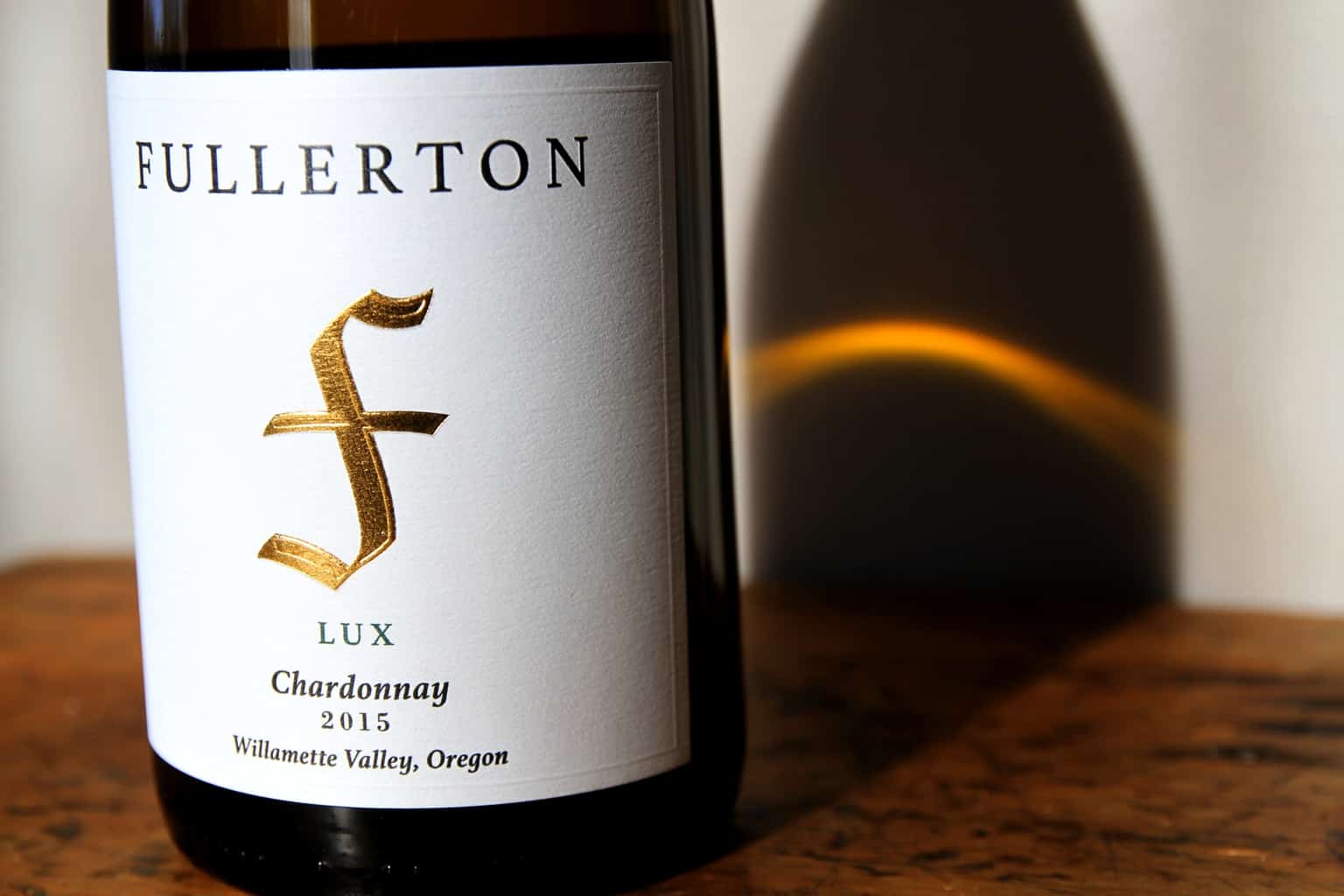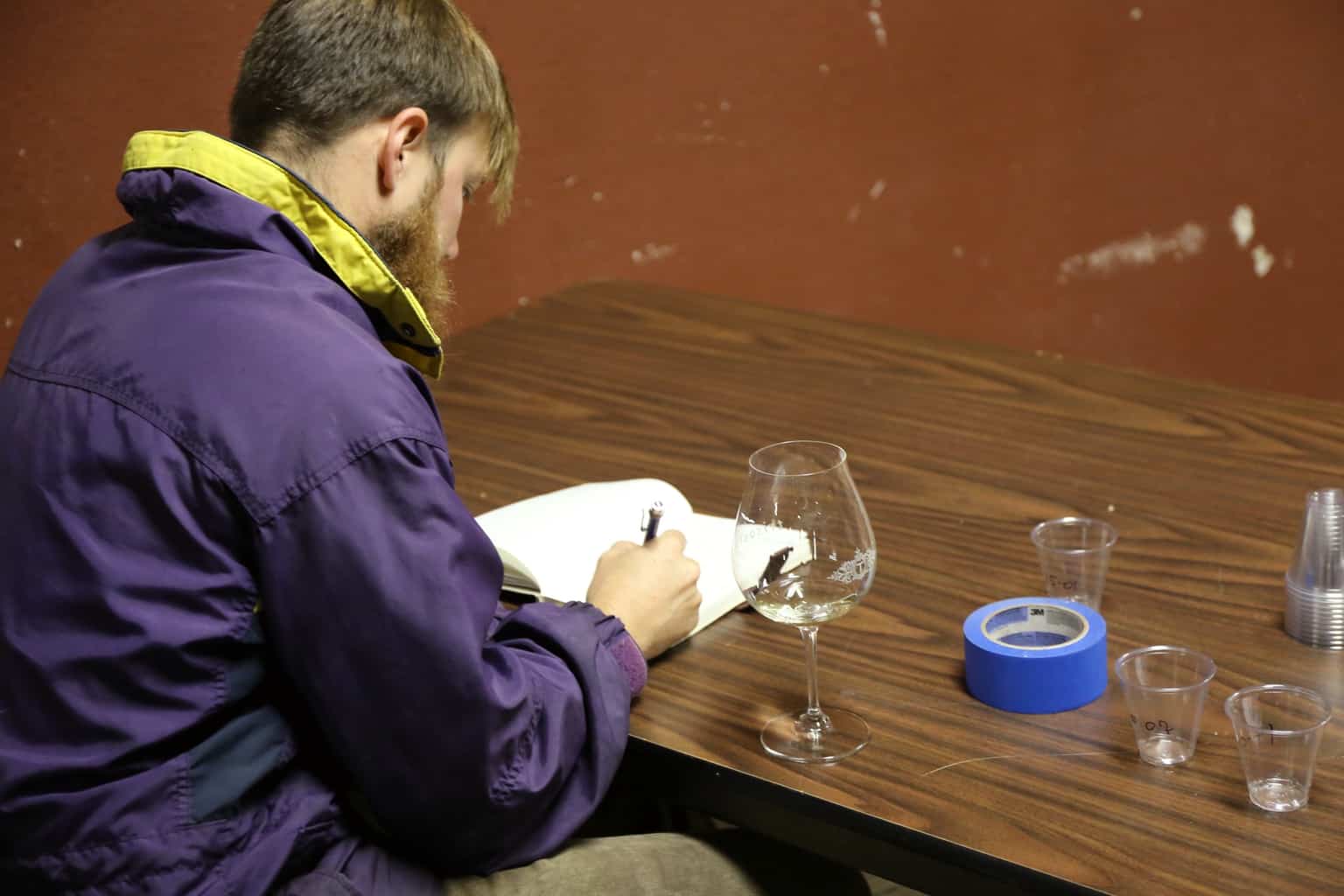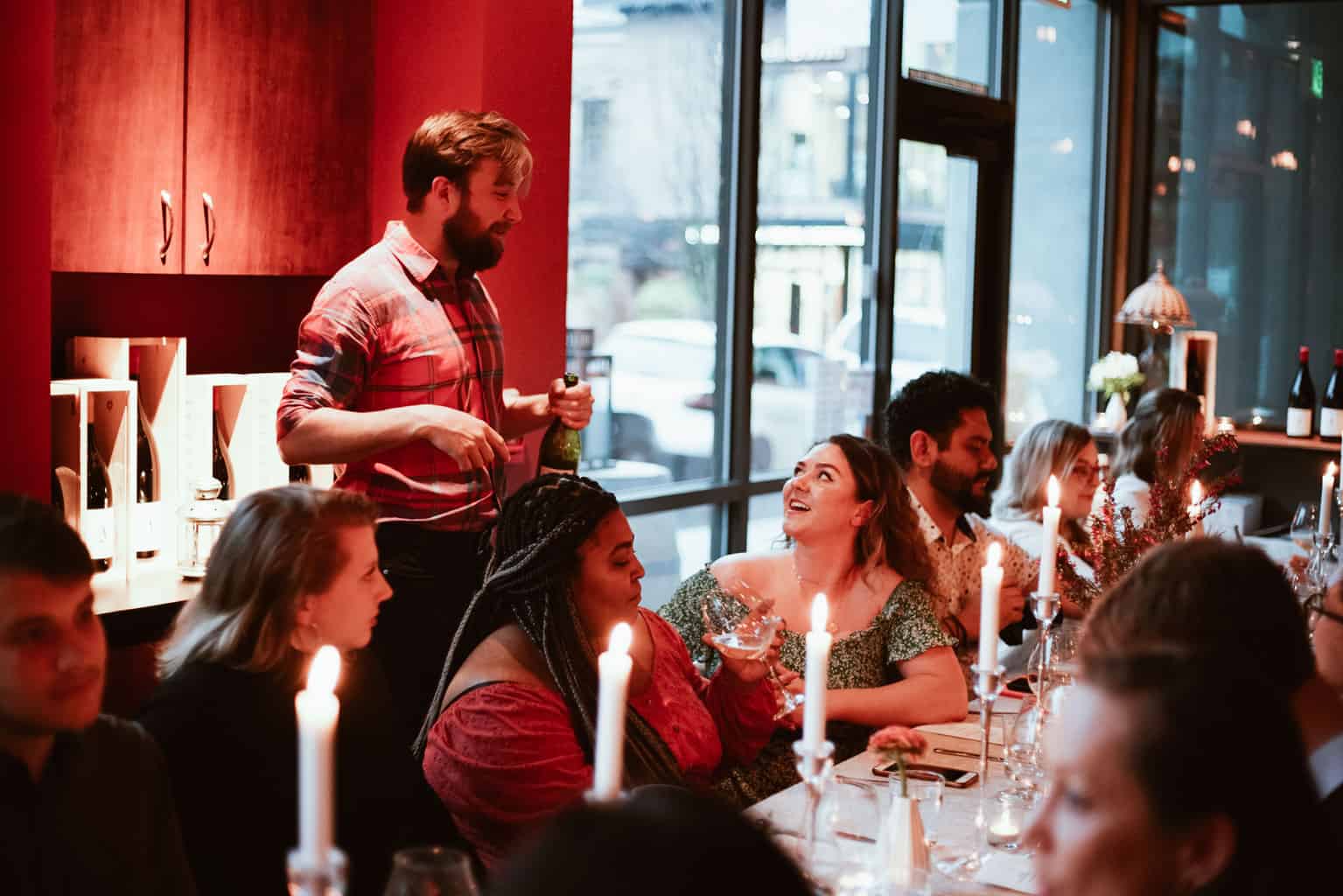Willamette Valley Chardonnay
For Alex Fullerton, it all began in Burgundy. His father and Proprietor Eric Fullerton tasted his way through the region (and many others) as a young lad, and then brought his son, Alex Fullerton, to the vinous motherland for his 18th birthday. Alex fell in love with the open-armed culture, humble tasting rooms, often in family homes, and transcendent wines. Burgundy is Pinot noir and Chardonnay, and so it is with Fullerton Wines.
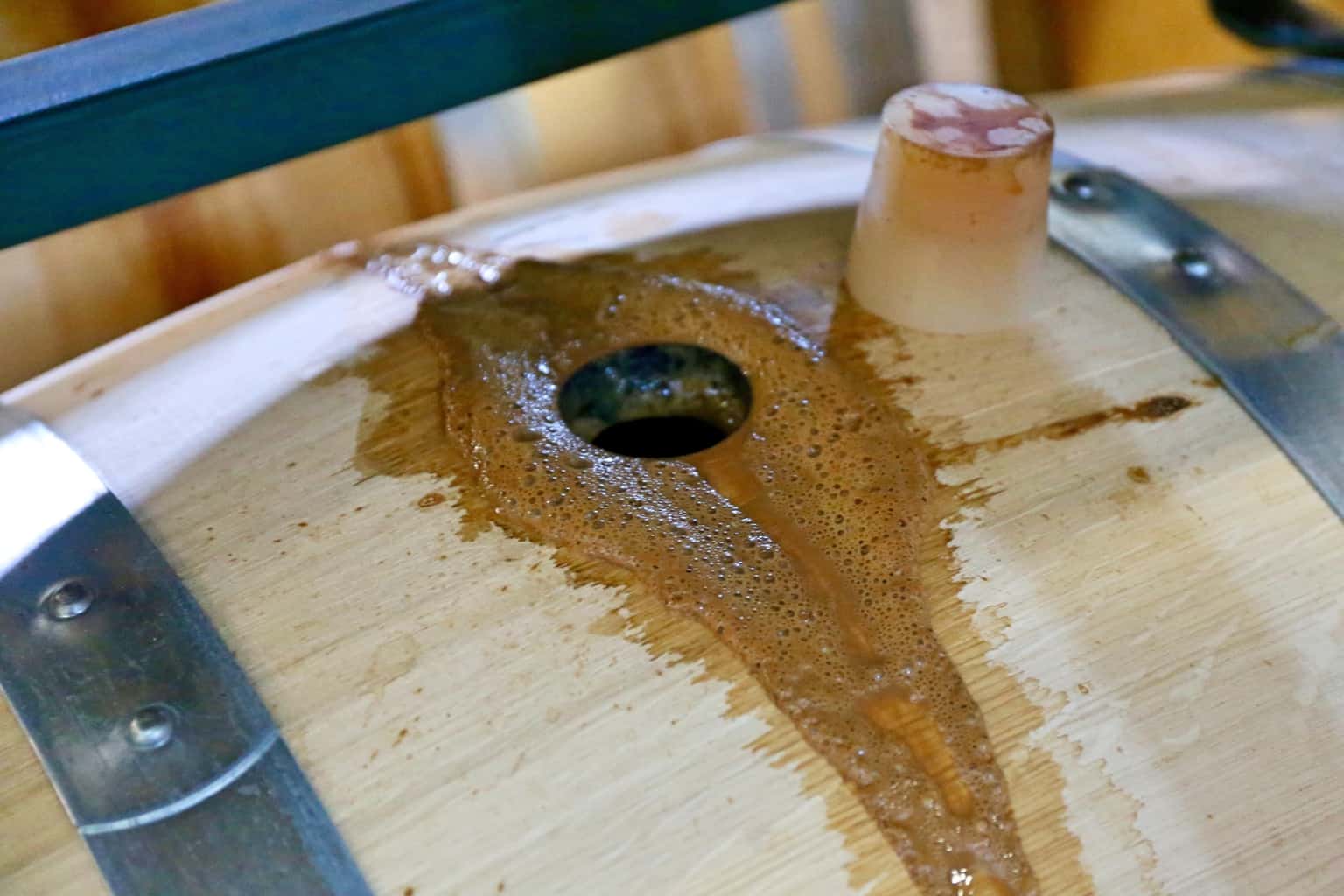
Chardonnay has often taken a backseat to the enthralling Pinot noirs made in the Willamette Valley. However, Chardonnay is on the rise. Truth be told, great Willamette Valley Chardonnays have been made since the beginning, though you had to search. Now, events like the Oregon Chardonnay Celebration and prominent national press features (here and here) evidence the rising acclaim. At Fullerton Wines, our 2014 Cooper Mountain Chardonnay received 94 points Editor’s Choice from Wine Enthusiast, and our 2015 Five FACES Chardonnayearned 93 points from Rich Cook of Wine Review Online, further proof of Chardonnay’s rising star.
Much ado has been made about the clonal selections, from the first Draper, Wente, and UCD 108 clones, to the Dijon clones pioneered in the Willamette Valley by David Adelsheim. The refinement of clonal selection has certainly catalyzed Chardonnay’s reputation, but equally so has the refinement of site selection, winegrowing practices, maturing vines, pick times, and winemaking decisions in the cellar. For instance, Fullerton Wines picks Chardonnay a full one to two weeks ahead of full flavor development on the vine. The complexities of barrel fermentation, malolactic conversion, and sur lie aging transform the linear, piercing fruit into supple, complex Chardonnay with great tension.
Additionally, experiments with must* oxidation, a.k.a. browning, and reductive winemaking** have created the necessary debate to move a young wine region forward.
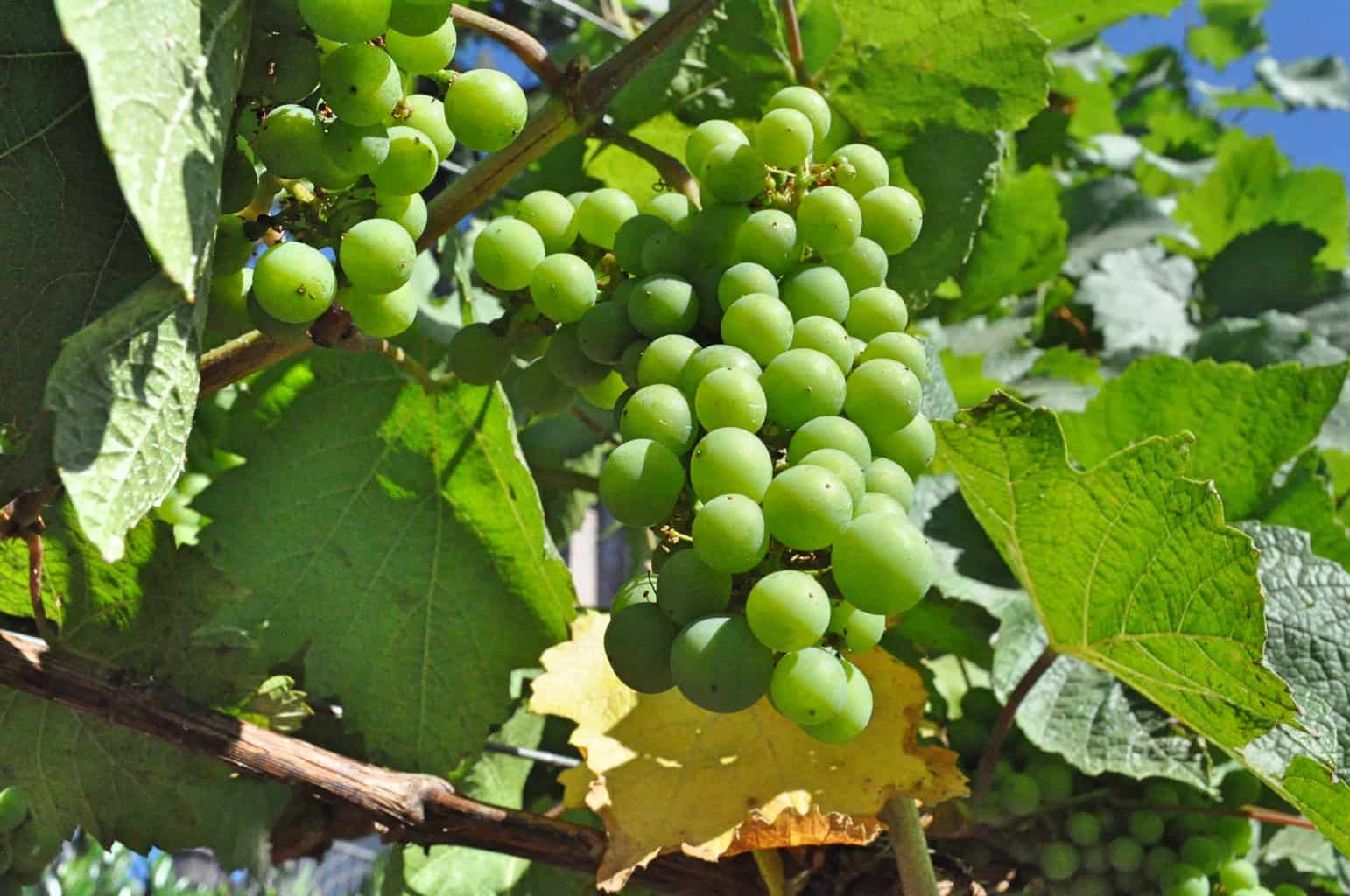
While Chardonnay winemaking varies from producer to producer, the improved understanding of Chardonnay growing and winemaking in the Willamette Valley has raised the bar. You, the cork pullers and glass swirlers who taste these wines, benefit greatly from the trial, error, collaboration, and debate that has propelled this varietal onto the global stage.
Whether you enjoy clean, lemon-zest-crisp stainless steel expressions, or nuanced, barrel fermented Chardonnays with hints of biscotti and bread dough, the Willamette Valley offers compelling exemplars at many price points. Grab a bottle of Willamette Valley Chardonnayand explore why experts and novices alike have turned their eyes to Oregon.
*Must = prefermented and fermenting grape juice, which may or may not include skins, seeds, and stems.
**Reductive winemaking = greatly restricting oxygen exposure from the onset of fermentation to the moment it is sealed in bottle, which can result in more age-worthy wines with potential “reductive” aromas of matchstick (seen as an attribute), rubber, or cooked cabbage (too reductive).
